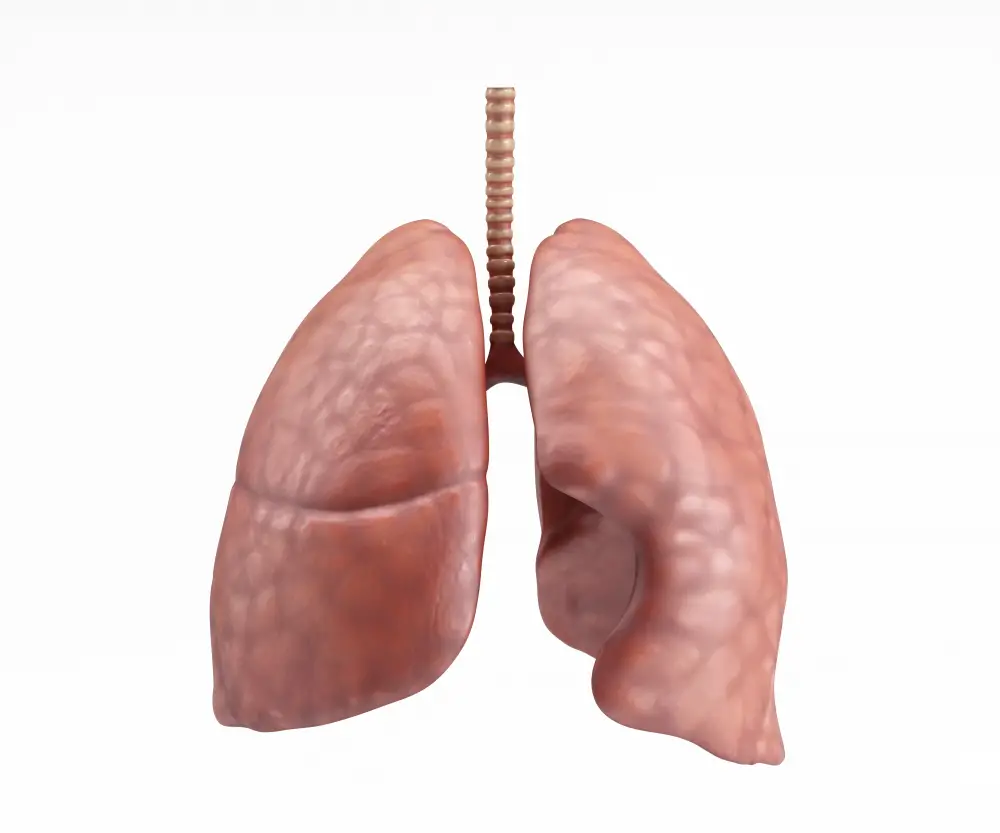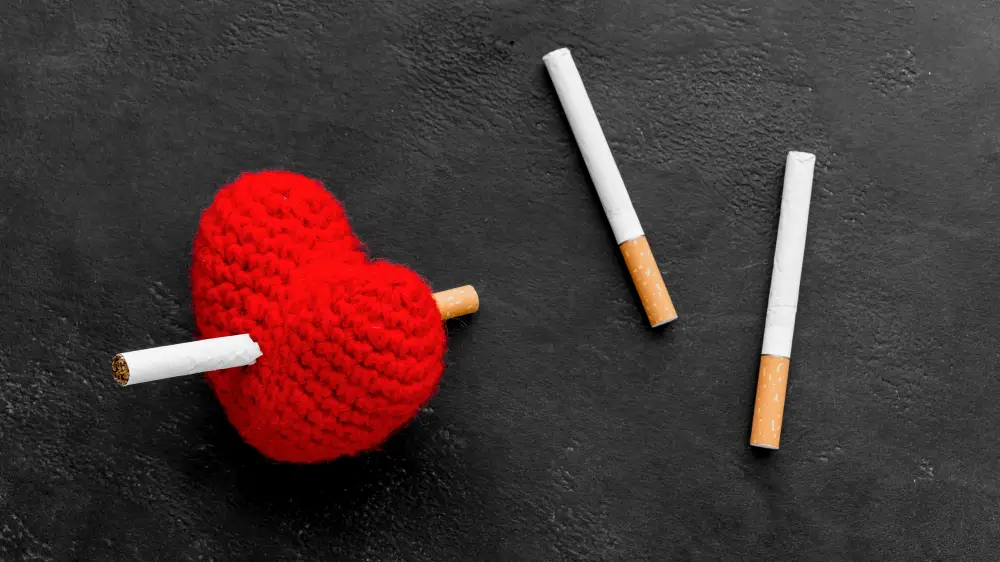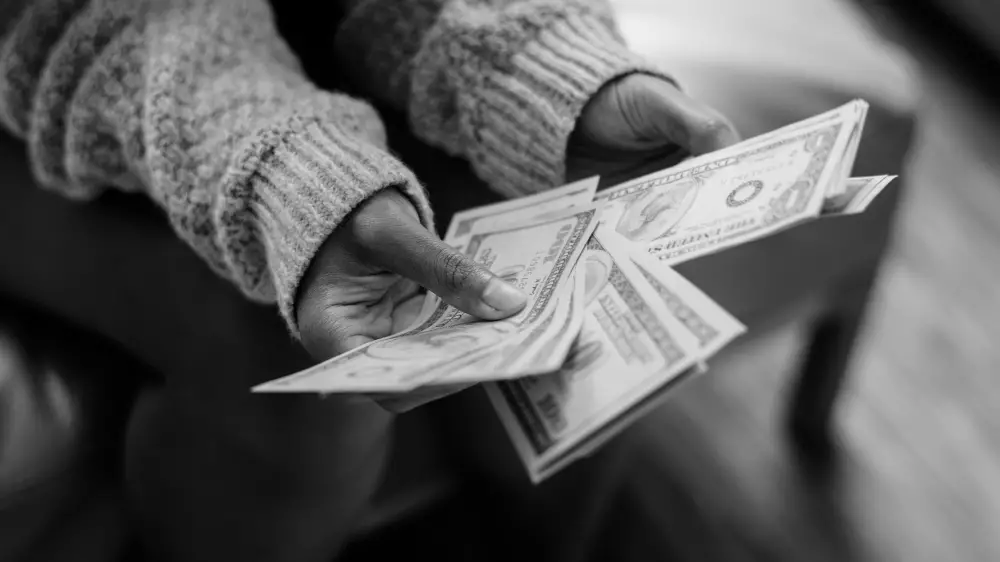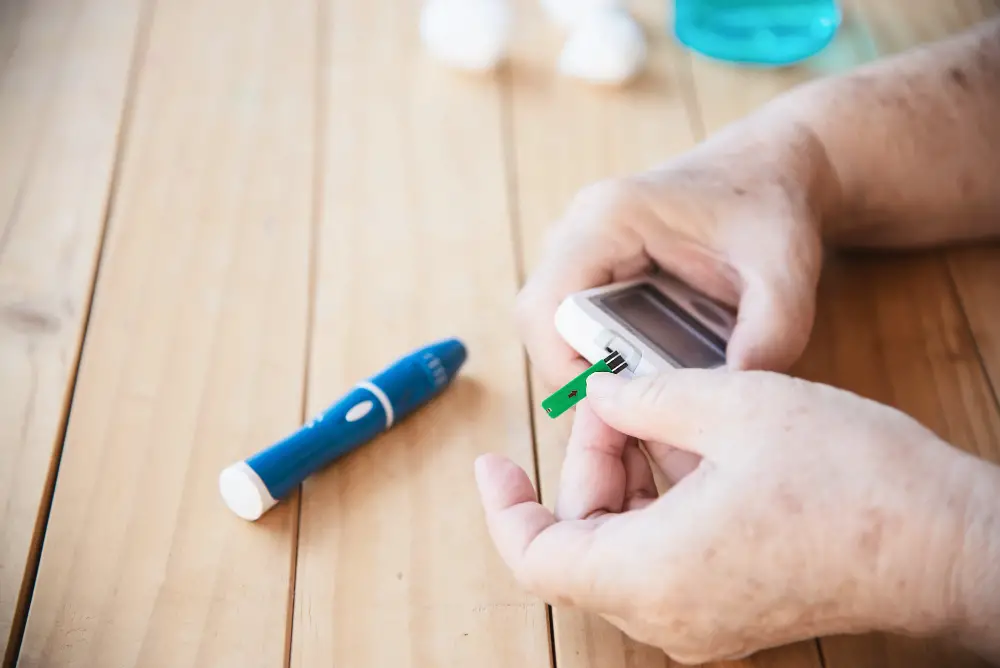
Chest Pain After Smoking: Causes, Symptoms, and Treatments
-
- Dr. Junaid Arshad
- March 10, 2023
- 0 comments
Table of Contents
What causes chest pain after smoking?
Chest pain after smoking can be caused by various factors, some of which can be serious and require immediate medical attention.
Here are some possible causes of chest pain after smoking:
Smoking-related lung diseases

Smoking is a major risk factor for lung diseases such as chronic obstructive pulmonary disease (COPD), emphysema, and lung cancer.
These conditions can cause chest pain, shortness of breath, and other respiratory symptoms.
Angina

Smoking can also contribute to the development of coronary artery disease, which can cause angina or chest pain.
This occurs when the blood flow to the heart is reduced due to narrowed or blocked arteries.
Anginal pain is explained as chest heaviness, tightness, or pressure and it lasts usually for 2-20 minutes.
The typical characteristics of heart-related pain are explained in detail in a separate article. Click here
Smoking is one of the major risk factors for heart disease.
The risk of coronary artery disease is increased by>2‐fold in smokers.[1]
Studies have also shown that cigarette smoking is responsible for up to 30% of coronary heart disease (CHD) deaths in the United States every year, and the risk is strongly related to the amount smoked.[2]
Heart attack

Smoking can also increase the risk of heart attack, which can cause sudden, severe chest pain, along with other symptoms such as shortness of breath, nausea, sweating, and dizziness.
Acid reflux
Smoking can contribute to gastroesophageal reflux disease (GERD), which can cause chest pain or discomfort.
This occurs when stomach acid flows back into the esophagus, irritating the lining and causing pain or discomfort.
Costochondritis
Smoking can also cause inflammation of the cartilage that connects the ribs to the breastbone, known as costochondritis.
This can cause chest pain that may be worsened by deep breathing, coughing, or physical activity.
Pulmonary embolism
Smoking can also increase the risk of blood clots, which can travel to the lungs and cause a blockage known as a pulmonary embolism.
This can cause sudden, sharp chest pain, along with other symptoms such as shortness of breath and coughing up blood.
Pneumonia
Smoking weakens the immune system, making it more susceptible to respiratory infections such as pneumonia.
This can cause chest pain, along with other symptoms such as fever and coughing.
It is important to note that chest pain after smoking should not be ignored, especially if it is severe, persistent, or accompanied by other symptoms. If you experience chest pain after smoking, it is important to seek medical attention immediately to determine the underlying cause and receive appropriate treatment.
What does Medical Research have to Say?
Given below is the summary of an article published in The Annals of Internal Medicine.[3]
The article discusses the relationship between smoking and chest pain.
There are three areas of concern: first, smoking may immediately precipitate angina pectoris in people with coronary heart disease; second, smoking increases the long-term risk of developing coronary heart disease and angina pectoris compared to non-smokers; and third, smokers may experience angina-like and non-angina-like chest pain.
The article describes “tobacco angina” as chest pain that occurs in smokers, but is not necessarily directly precipitated by smoking.
The frequency of nonspecific chest pain in smokers has not been thoroughly studied.
It concludes that cigarette smokers report chest pain more frequently than non-smokers
Treatments for Chest Pain After Smoking
The treatment for chest pain after smoking will depend on the underlying cause.
If chest pain is caused by lung disease, quitting smoking is the most important step to take.
Smoking cessation can help slow the progression of lung disease and improve lung function.
Other treatments for lung disease may include medications, oxygen therapy, and pulmonary rehabilitation.
These patients should consult a chest physician(pulmonologist) who may perform a detailed clinical and laboratory evaluation for the diagnosis and treatment of lung disease.
If the chest pain is caused by heart disease, treatment may involve lifestyle changes, medications, or medical procedures.
Lifestyle changes may include quitting smoking, eating a healthy diet, exercising regularly, and managing stress.
Medications may be prescribed to lower blood pressure, reduce cholesterol, or prevent blood clots. Medical procedures may include angioplasty, stenting, or bypass surgery for those who have coronary artery disease.
If the chest pain is caused by GERD, treatment may involve medications to reduce stomach acid and lifestyle changes to minimize symptoms.
Lifestyle changes may include avoiding trigger foods, eating smaller meals, and not lying down for at least two hours after eating.
In case of costochondritis, painkillers are prescribed for a short duration.
Diseases like pneumonia and pulmonary embolism are diagnosed and treated by specialist doctors.
The treatment strategies vary from patient to patient depending upon the disease severity. Their treatment details are beyond the scope of this article.
Prevention of Chest Pain After Smoking
The best way to prevent chest pain after smoking is to quit smoking.
Quitting smoking can improve lung function, reduce the risk of heart disease, and improve overall health. There are many resources available to help people quit smoking, including nicotine replacement therapy, medications, and support groups.
In addition to quitting smoking, maintaining a healthy lifestyle can also help prevent chest pain after smoking.
Eating a healthy diet, exercising regularly, managing stress, and getting enough sleep can all help improve overall health and reduce the risk of health problems.
Conclusion
Chest pain after smoking can be a serious symptom that should not be ignored. Smoking cigarettes can cause many health problems, including lung disease, heart disease, and cancer.
Quitting smoking is the most important step to take to prevent chest pain and other health problems associated with smoking. Maintaining a healthy lifestyle can also help improve overall health and reduce the risk of health problems.
Summary
Chest pain after smoking can be caused by smoking-related lung diseases, angina, heart attack, acid reflux, costochondritis, pulmonary embolism, and pneumonia. Smokers may experience “tobacco angina” and chest pain more frequently than non-smokers. Treatment depends on the underlying cause and may involve quitting smoking, lifestyle changes, medications, or medical procedures. The best way to prevent chest pain after smoking is to quit smoking and maintain a healthy lifestyle.
References
#1. Oshunbade AA, Kassahun-Yimer W, Valle KA, Hamid A, Kipchumba RK, Kamimura D, Clark D 3rd, White WB, DeFilippis AP, Blaha MJ, Benjamin EJ, O’Brien EC, Mentz RJ, Rodriguez CJ, Fox ER, Butler J, Keith RJ, Bhatnagar A, Marie Robertson R, Correa A, Hall ME. Cigarette Smoking, Incident Coronary Heart Disease, and Coronary Artery Calcification in Black Adults: The Jackson Heart Study. J Am Heart Assoc. 2021 Apr 6;10(7):e017320. doi: 10.1161/JAHA.120.017320. Epub 2021 Mar 23. PMID: 33754833; PMCID: PMC8174312.
#2. Ockene IS, Miller NH. Cigarette smoking, cardiovascular disease, and stroke: a statement for healthcare professionals from the American Heart Association. American Heart Association Task Force on Risk Reduction. Circulation. 1997 Nov 4;96(9):3243-7. doi: 10.1161/01.cir.96.9.3243. PMID: 9386200.
#3. Friedman GD, Siegelaub AB, Dales LG. Cigarette smoking and chest pain. Ann Intern Med. 1975 Jul;83(1):1-7. doi: 10.7326/0003-4819-83-1-1. PMID: 1147421.




